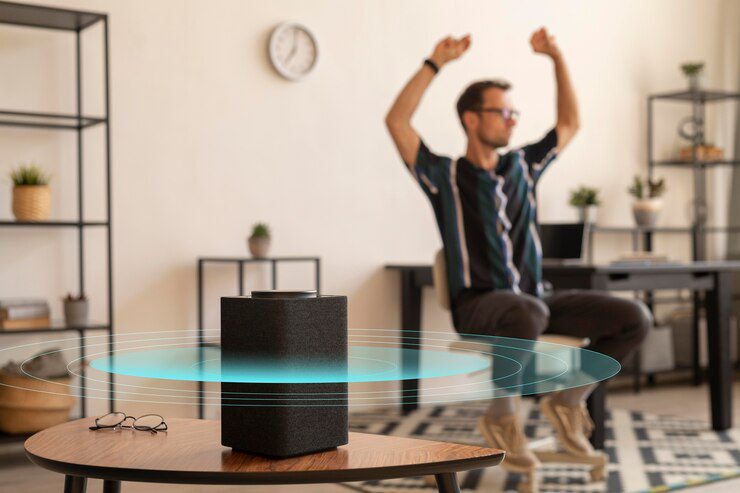In the last decade, the adoption of smart home technology has rocketed, turning our houses into smart homes. These devices have turned common home appliances into the smart home experience that makes most tasks easier, safer, and more efficient. From lights to speakers, let us learn more about what smart home technology means, how it operates, and why it has been on the rise in recent years.
What do we mean by Smart Home Technology?
Smart home technology can be defined as the products or systems that allow homeowners to control one or multiple parts of the home through either a remote control or preset programming. This can be anything from the heating and ventilation control mechanisms and security cameras to light fixtures and home entertainment systems. Likewise, the Statista world’s smart home market’s size is estimated to be at $192 billion in 2025, meaning consumers today are implementing this technology more than in the past.
How does Smart Home technology work?
Wireless Connectivity
The essence of smart home solutions is in the wireless connections. When integrated into the home, most of the smart devices require the use of Wi-Fi, making them interface among themselves and with your mobile phone or tablet. This simply means that you can exercise control of your devices from the comfort of your doorstep or even when you are out of the house. For instance, it is possible to transform familiar lights into smart bulbs and control them using a smartphone, change the temperature, or even monitor the residential area using security cameras.
IoT Integration
IoT is common in smart homes and many of the smart devices they contain. This one allows devices to gather and send information to each other so they can learn from the behavior of users. For instance, there are smart thermostats such as the Nest Learning Thermostat that learn your pattern and adjust for the most efficient use, as well as put down little money on energy bills. Energy Star furthermore gives insight information that shows that smart thermostats can cut users’ yearly heating and cooling bills by about 8%.
Voice Control
There is nothing more thrilling when it comes to smart home systems than getting to command their operations through voice control. Modern systems such as Amazon Echo and Google Home allow you to manage your gadgets with the help of only your voice. Whether you need to switch on the lights, play your favorite song, or set the alarm or time, then that is all you need to say. The feature has created more convenience in smart homes, especially for those who may not have a clue about the technological aspects used in homes.
That’s where smart home technology comes in, do you ask?
Increased Security
This is the case because one of the core benefits consumers have for adopting smart home automation systems is security. Video-monitoring systems such as smart security cameras and doorbell cameras report live streaming and trigger alarms to give you a bird’s-eye view of your home even when you are not around. A survey conducted by SafeWise reveals that 60% of smart home device owners use them for home security.
Energy Efficiency
Smart devices captivate energy efficiency since the user controls the process through a smart device. Products such as smart plugs and thermostats assist in minimizing energy wastage in a home by making your home environment-friendly. This not only gives you the opportunity to save money on your bills but also to be environmentally friendly.
Convenience
Imagine waking up to a house that knows your routine: the coffee maker is on, the blinds are rising, and the temperature is ideal on the other side. Most of these tasks can be handled by smart home devices, so you can easily have your time enjoyed rather than being spent on everyday chores.
Conclusion
Smart home technology is revolutionizing our homes through the efficiency and integration of smart elements, which makes homes smart. These devices will remain relevant and more popular as technology keeps on developing in future years and coming decades. Smart home technology may well be the most sensible thing to do to improve your living area!







